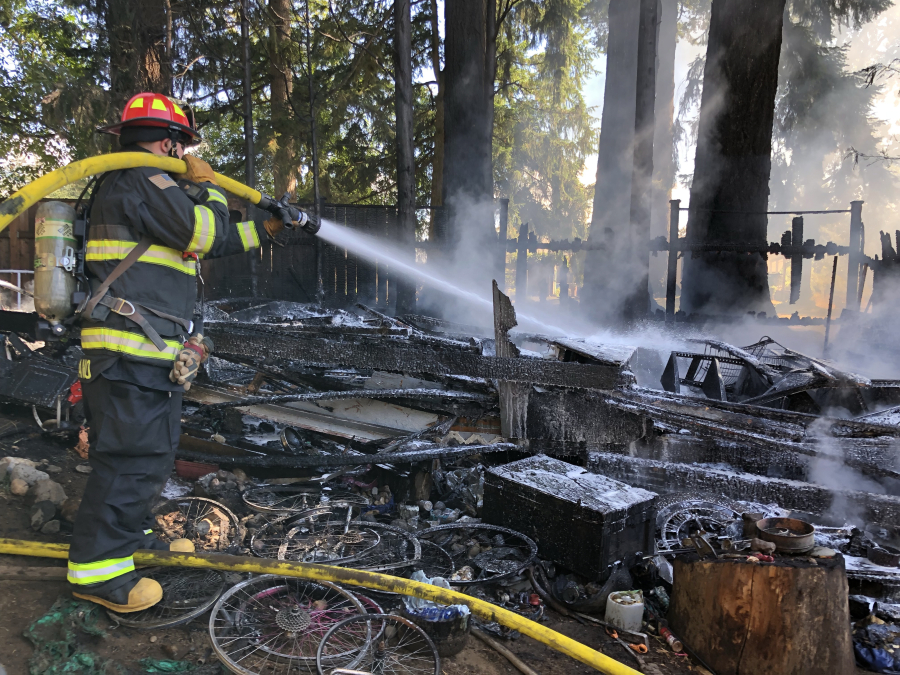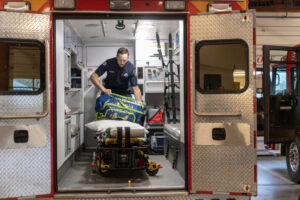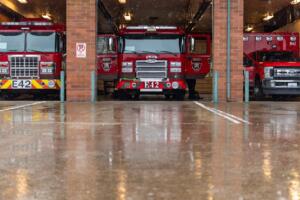The first time Zach Goodman addressed the Camas City Council about firefighter safety was in March 2018, just a few weeks after a two-person Camas-Washougal firefighter crew had pulled a man and his dogs from a burning house.
“I’ve got to say, I’m second-guessing my decision to live here because of the two-person engine crews,” Goodman, a 14-year career firefighter and Camas resident, told city leaders in 2018. “A community like Camas, that is so desirable, especially to families, also has to be safe.”





